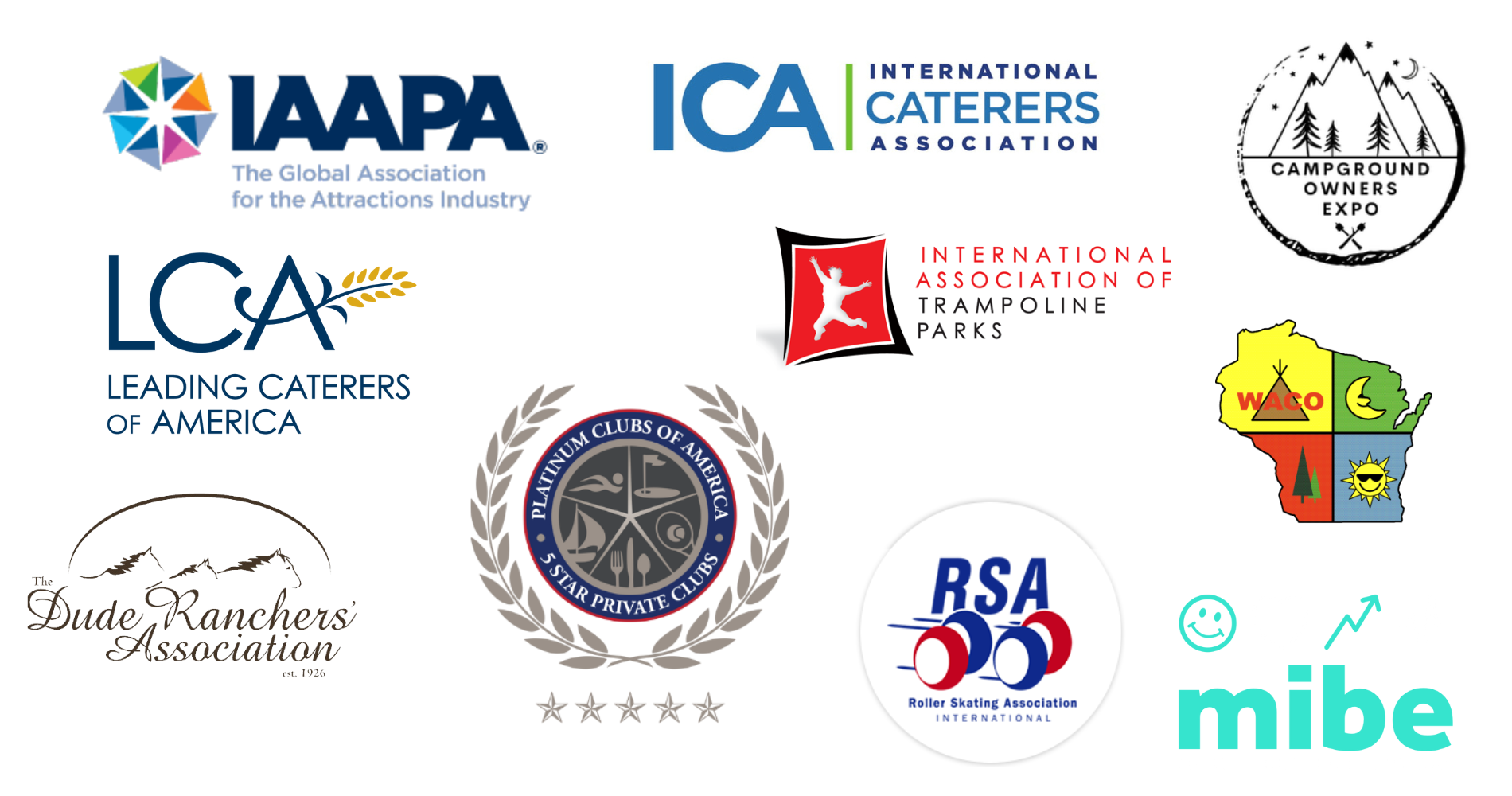Should You Have a Contingency Plan for Inflated Food Costs?
/Food costs can be unpredictable, and for many businesses, that unpredictability is more than just a budgeting headache. Whether you’re running a catering company, operating a concession stand at a theme park, or managing food service at a campground, fluctuating prices can directly impact your bottom line.
The challenge? Most operators assume food inflation is just part of the game and hope things eventually stabilize. But in today’s market, “waiting it out” can cost you more than you think.
The good news is that you can take proactive steps to guard against inflated food prices (and doing so doesn’t have to be time-consuming or overwhelming). By building a simple contingency plan and exploring alternative sourcing strategies, you can reduce risk and protect your profit margins. Let’s break down why this matters and how to set your business up for success in an increasingly unstable food economy.
Yes, it’s time for a plan
These days, you should absolutely have a plan for inflated food costs. Prices in the foodservice industry have become increasingly volatile, and those cost spikes can hit your margins fast. A contingency plan doesn’t need to be complicated, but it does need to exist. With the right systems in place, you can stay flexible and avoid scrambling every time an ingredient suddenly doubles in price.
Build flexibility into your menu
Food inflation doesn’t hit everything at once. Instead, it targets specific categories at unpredictable times. One month, you’re facing a spike in poultry prices. The next, it’s dairy or fresh produce. Locking yourself into a static menu leaves you vulnerable to sudden price jumps and inconsistent ingredient quality. That’s why menu flexibility is one of your best tools for managing inflation.
Start building contingency into your offerings now. Develop base menus that can adapt depending on what’s affordable and available. Try creating “template-style” dishes (like bowls, flatbreads, or wraps) that work with a variety of proteins and toppings. These formats let you rotate in lower-cost ingredients without having to reinvent your entire menu.
Track costs like a pro
Inflated costs don’t always come with flashing warning signs. Sometimes it’s just a few cents here and there, until those small increases quietly shrink your margins. Operators who aren’t actively monitoring prices may not even notice the damage until profits start disappearing. The first step in building a reliable contingency plan is understanding where your money is going now.
Start by tracking the cost of your most frequently ordered items. Look for trends, seasonal spikes, and unexpected increases. By identifying patterns, you can prepare for fluctuations and make timely changes to your orders or menu offerings.
Use a spreadsheet or digital ordering platform to flag which ingredients are consistently rising. Then replace, reduce, or rotate high-cost items before they hit your bottom line.
Limit waste & stretch ingredients
When food is more expensive, waste becomes even more painful (and costly). Every scrap that ends up in the trash could have been used to increase your yield or add value to another dish. Inflation gives operators a reason to tighten up operations and rethink how every ingredient is prepped and stored.
Small adjustments can lead to major savings. That could mean cross-utilizing ingredients across multiple menu items, improving storage practices to extend shelf life, or teaching staff how to reduce trimming loss during prep. Less waste = more profit, especially when ingredient costs are rising.
Tip: Turn extra bread into croutons or breadcrumbs. Simmer veggie scraps for house-made stock. Rework protein trimmings into daily specials or team meals. Every bit you salvage adds up.
Buy smarter, not just cheaper
In a pinch, finding the lowest price might feel like the smartest move, but short-term savings can lead to long-term problems. Cheaper suppliers might sacrifice reliability or quality, and panic-buying from multiple vendors can create chaos in your kitchen and your accounting. A better plan is to buy strategically.
Look for ways to reduce costs and increase stability. This could mean working with a vendor who offers locked-in pricing, bulk order discounts, or reliable delivery schedules that help you plan better. These arrangements minimize the surprise factor that often comes with price swings.
Join a Group Purchasing Organization (GPO)
Let’s be real: most small to mid-sized operators don’t have time to negotiate with multiple vendors or lock in wholesale deals. That’s where a GPO becomes your biggest advantage. By combining the purchasing power of thousands of businesses, you get access to deeply discounted pricing, no strings attached.
In an unstable market, this kind of built-in protection is a no-brainer. You’ll spend less time managing vendor contracts and more time running your business. And because the best GPOs negotiate directly with suppliers, you benefit from consistent pricing even when the market is anything but predictable.
Prepare for what’s next
The food economy has proven one thing: it can change overnight. That’s why your strategy shouldn’t just focus on what’s happening now but plan for what’s coming next. Regularly revisit your pricing, suppliers, and kitchen operations to make sure your plan still works in today’s market.
You should also pencil in a quarterly review of your food costs, vendor pricing, and supply chain options. Ask: “If my top three ingredients doubled in price tomorrow, what would I do?” If you don’t have a solid answer, now’s the time to build that plan.
Unpredictable food prices don’t have to derail your business. With smart planning, flexible operations, and reliable partners, you can stay ahead of inflation and protect your margins, no matter what the market throws your way.
Clint Elkins is the VP of Sales at SB Value, a group purchasing program designed to reduce catering, kitchen and food-service costs by leveraging the collective buying power of thousands of companies.



